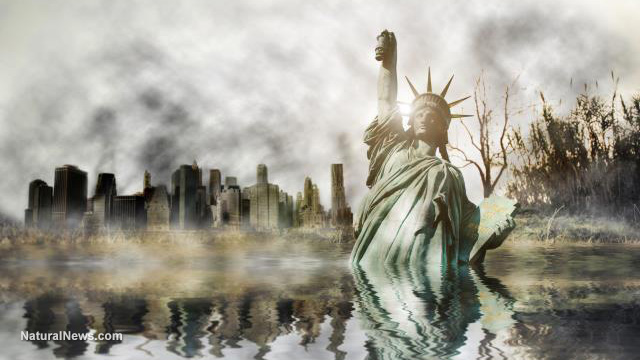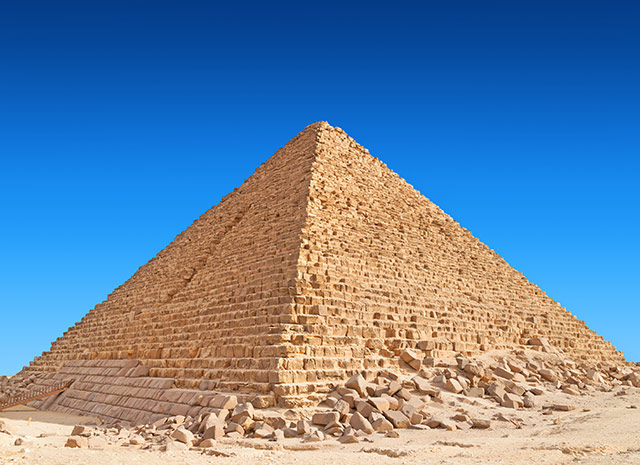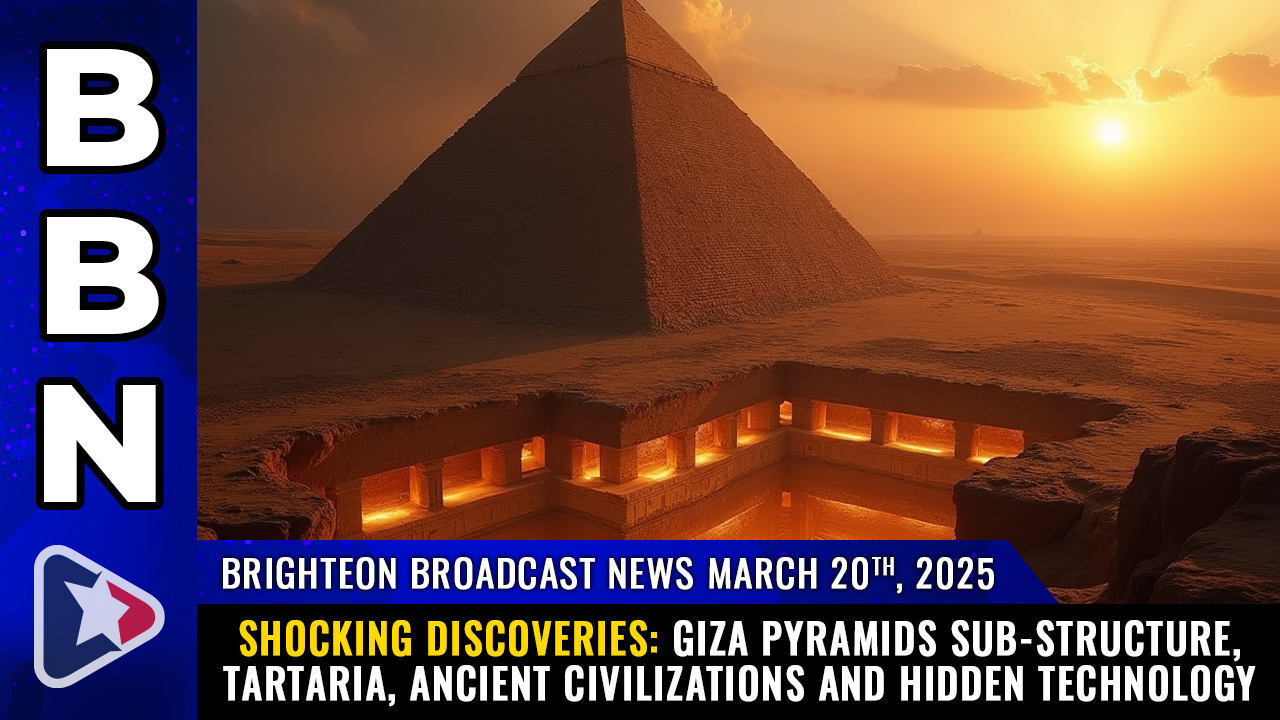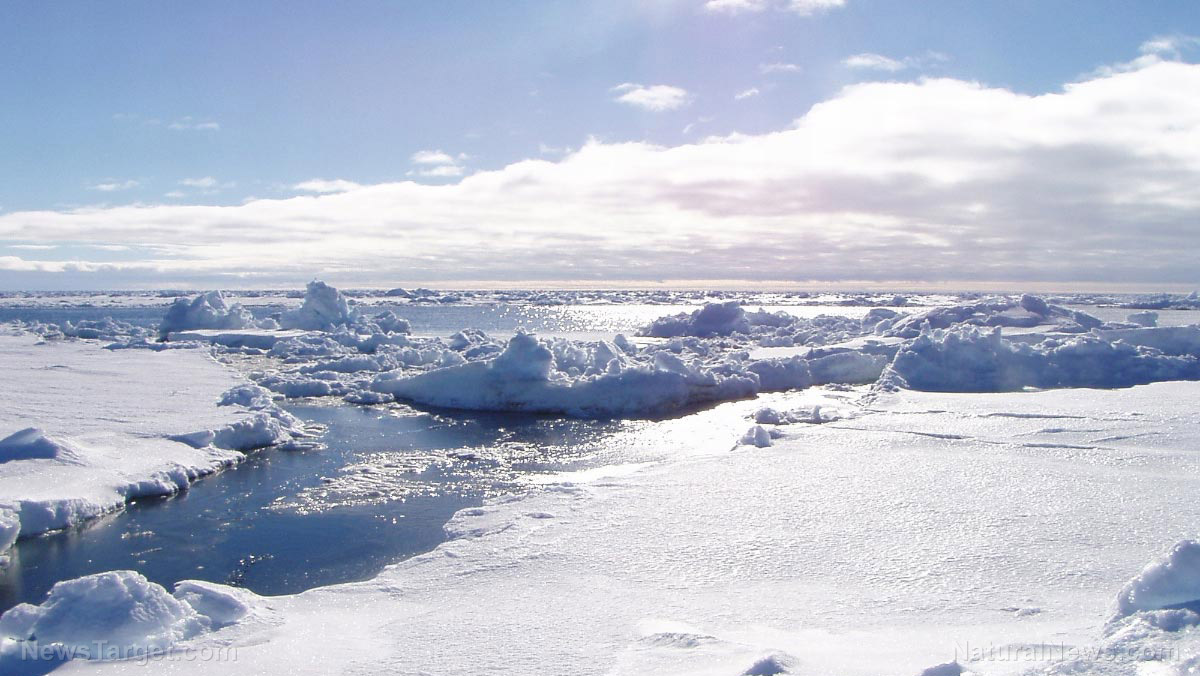“Collapse: How Societies Choose to Fail or Succeed” by Jared Diamond: A stark warning from history for the modern world
03/27/2025 / By Belle Carter

- Jared Diamond’s “Collapse: How Societies Choose to Fail or Succeed” (2005) explores the environmental, economic and social factors that have led to the collapse of past civilizations, using case studies to draw lessons for modern societies.
- Diamond examines societies like the Norse in Greenland, the Maya, Easter Islanders and the Anasazi, highlighting their failures due to deforestation, soil erosion, water mismanagement and an inability to adapt to environmental changes.
- The book also highlights societies like the Icelanders and Tikopians, who overcame environmental challenges through sustainable practices, offering hope for modern societies.
- Diamond identifies eight categories of environmental damage (e.g., deforestation, water mismanagement, overpopulation) and five key factors (e.g., environmental damage, climate change, societal response) that determine whether a society collapses or thrives.
- Diamond emphasizes that modern societies face similar challenges but have unique advantages like technology and global communication. He calls for collective action by governments, corporations and individuals to address environmental and societal issues, stressing that the future depends on the choices made today.
Jared Diamond’s “Collapse: How Societies Choose to Fail or Succeed” offers a sobering yet hopeful examination of how civilizations rise and fall.
Published in 2005, this groundbreaking work by the Pulitzer Prize-winning author of “Guns, Germs, and Steel” delves into the intricate web of environmental, economic and social factors that have led to the collapse of past societies – and what their fates might teach us about our own. Through vivid case studies, from the vanished Norse settlements of Greenland to the thriving farms of modern Montana, Diamond challenges readers to confront the choices that will determine whether our societies flourish or falter.
The book opens with a striking comparison: Huls Farm in Montana and Gardar Farm in Greenland. Both were once the largest and most prosperous farms in their regions, yet their trajectories could not be more different. Huls Farm, owned by five siblings and their spouses, thrives in a booming county, sharing advanced agricultural technology with its neighbors. Gardar Farm, however, lies in ruins, a relic of the Norse society that once dominated southwestern Greenland. Abandoned for over 500 years, Gardar’s stone walls are all that remains of a civilization that collapsed under the weight of environmental mismanagement and societal inflexibility.
Diamond meticulously examines societies such as the Maya, Easter Islanders and the Anasazi, all of whom faced similar challenges: deforestation, soil erosion, water mismanagement and the inability to adapt to changing circumstances. Despite their ingenuity, these societies ultimately undermined their survival by failing to address the environmental damage they caused.
But Diamond’s message is not one of doom. He also highlights societies that have successfully navigated environmental challenges, offering hope for the future. The Icelanders, for instance, learned from their early mistakes of overgrazing and deforestation, implementing sustainable practices that have allowed them to thrive. Similarly, the Tikopians, inhabitants of a tiny Pacific island, have managed their resources so effectively that their society has endured for over 3,000 years.
At the heart of “Collapse” is a framework of eight categories of environmental damage that have historically led to societal decline: deforestation and habitat destruction, soil problems, water management issues, overhunting, overfishing, the impact of introduced species, human population growth and increased per-capita environmental impact. These challenges, Diamond argues, are not relics of the past but pressing issues for the modern world.
One of the book’s most compelling insights is the role of societal decision-making in determining outcomes. Diamond identifies five key factors that influence whether a society collapses or succeeds: environmental damage, climate change, hostile neighbors, friendly trade partners and the society’s response to its problems.
Diamond also addresses the unique challenges of the modern world. Unlike in past societies, we have access to advanced technology, global communication and a wealth of historical knowledge. However, these advantages come with their own risks. Globalization, for instance, can spread both solutions and problems at an unprecedented pace. “We live in an interconnected world,” Diamond notes. “A collapse in one region can have ripple effects across the globe.”
The book concludes with a call to action. Diamond argues that the most powerful forces in the modern world – governments, corporations and individuals – must work together to address environmental and societal challenges.
Ultimately, “Collapse” is a profound meditation on the choices that shape the fate of societies. Diamond’s meticulous research and engaging storytelling make the book both a compelling read and a vital resource for understanding the challenges of our time. As he writes in the closing pages, “The future is not predetermined. It depends on the choices we make today.” For readers seeking to understand the forces that have shaped human history – and the lessons they hold for our future – “Collapse” is an indispensable guide.
Learn more about the book “Collapse: How Societies Choose to Fail or Succeed” by watching the video below.
This video is from the BrightLearn channel on Brighteon.com.
Sources include:
Submit a correction >>
Tagged Under:
big government, Collapse, Collapse: How Societies Choose to Fail or Succeed", deforestation, Ecology, economy, environment, Jared Diamond, mismanagement, national security, real history, soil erosion, survival, waste management
This article may contain statements that reflect the opinion of the author
RECENT NEWS & ARTICLES
COPYRIGHT © 2018 REALHISTORY.NEWS
All content posted on this site is protected under Free Speech. RealHistory.news is not responsible for content written by contributing authors. The information on this site is provided for educational and entertainment purposes only. It is not intended as a substitute for professional advice of any kind. RealHistory.news assumes no responsibility for the use or misuse of this material. All trademarks, registered trademarks and service marks mentioned on this site are the property of their respective owners.


















